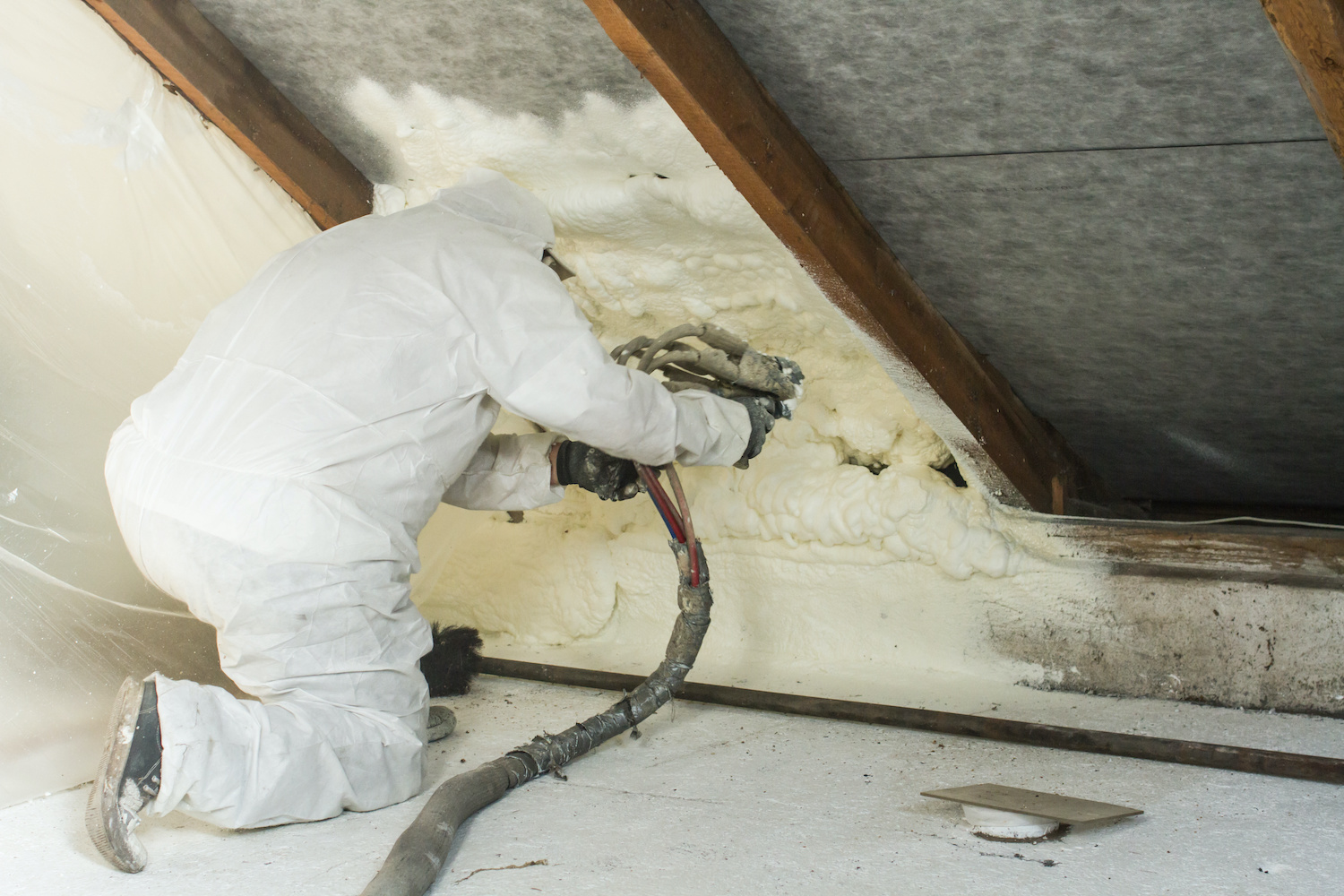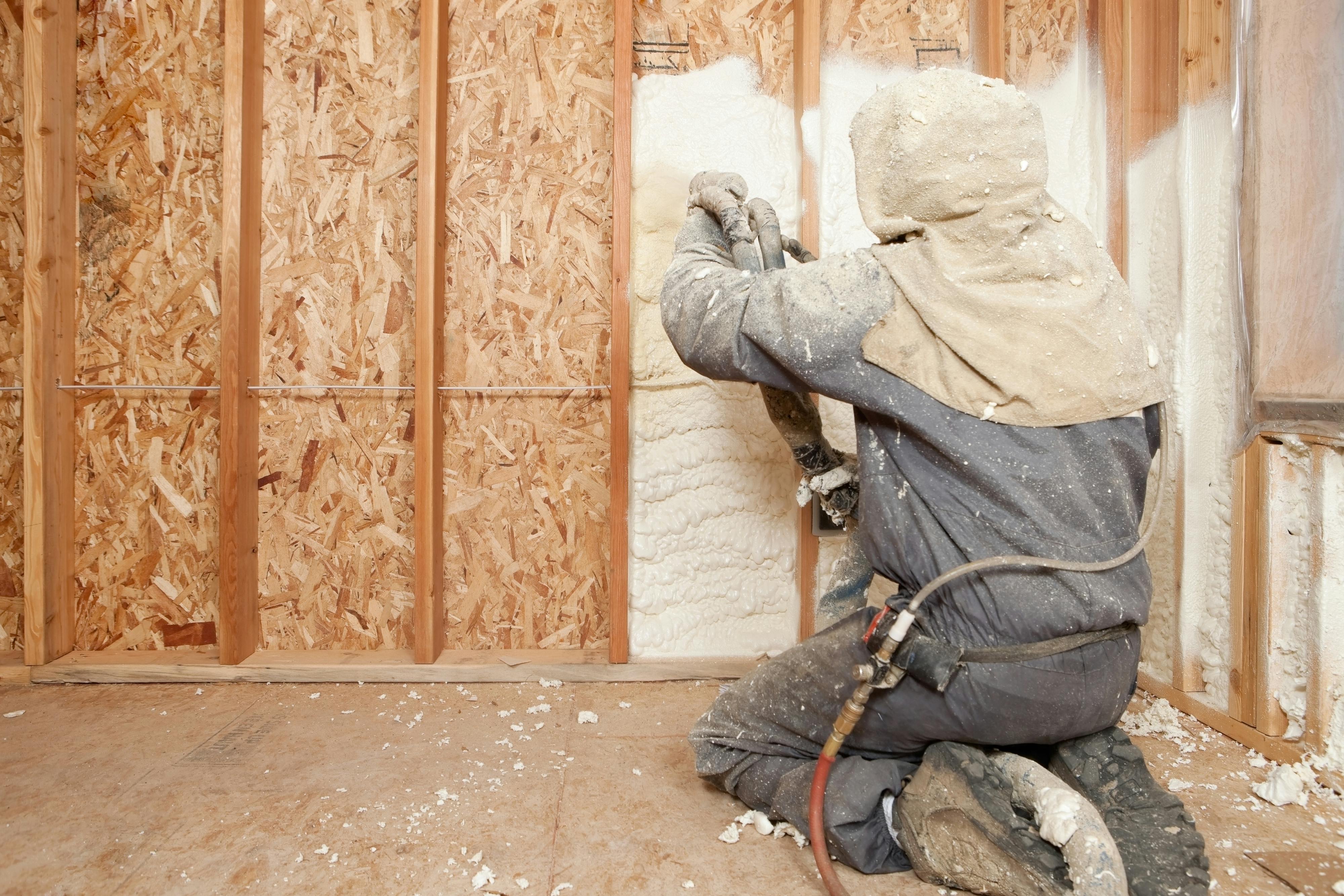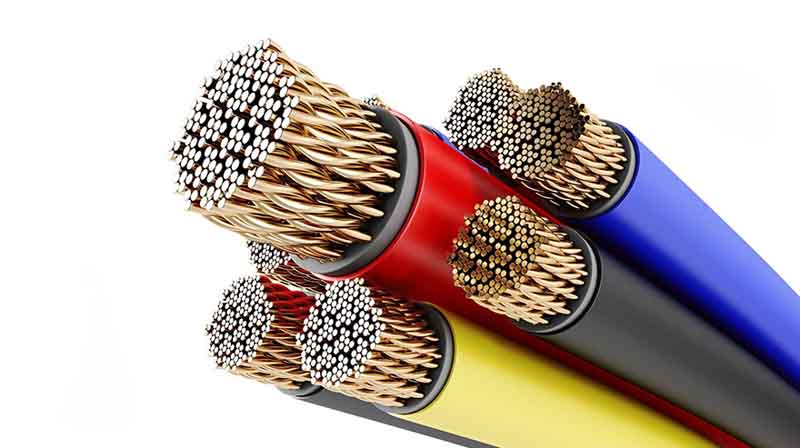Keep Your Home Cooler in Summer with Modern Spray Foam in Hillsboro, TX
Keeping your home cool in the sweltering heat of a Texas summer is more than a luxury—it’s essential for comfort and energy efficiency. In places like Hillsboro, TX where summer temperatures regularly soar into the 90s and beyond, homeowners need insulation solutions that are both powerful and long-lasting. That’s where modern spray foam insulation steps in. Unlike traditional methods, spray foam creates an airtight seal that minimizes heat transfer and reduces the workload on your air conditioning system.
This article breaks down how spray foam insulation works, how it compares to other materials, and the key considerations to keep in mind before installation. Whether you’re building a new home or retrofitting an older one, this guide will help you make informed decisions to keep your living space cooler and more comfortable all summer long.
How Spray Foam Insulation Helps You Beat the Texas Heat
Spray foam insulation acts as both an insulator and an air sealant. It expands upon application to fill gaps, cracks, and crevices that other insulation types often leave exposed. This makes it a superior option for controlling the indoor climate and limiting energy waste.
Key Benefits:
- Thermal Efficiency: Maintains a consistent indoor temperature, even during heatwaves.
- Energy Savings: Reduces the strain on your HVAC system, cutting down monthly utility bills.
- Moisture Resistance: Helps prevent condensation issues, mold growth, and long-term water damage.
- Air Sealing: Blocks drafts and airborne contaminants from entering.
- Durability: Spray foam doesn’t shift, sag, or degrade over time like other materials can.
- Sound Dampening: Offers acoustic insulation benefits, making interiors quieter.
According to the U.S. Department of Energy, air leaks account for 25–40% of the energy used for heating and cooling in a typical home. Spray foam addresses this directly, offering a solution that pays off both in comfort and cost savings.

Understanding the Different Types of Insulation
Not all insulation materials are created equal. The ideal choice depends on factors like your home’s structure, existing insulation, budget, and climate. Hillsboro’s hot summers make it especially important to select insulation that performs well in high heat.
Common Residential Insulation Options:
| Insulation Type | Description | R-Value Range (per inch) | Best Use Case |
| Open Cell Spray Foam | Light, expands to fill gaps; vapor-permeable | 3.5 – 3.8 | Interior walls and ceilings |
| Closed Cell Spray Foam | Dense, water-resistant, high insulation value | 6.0 – 7.0 | Roof decks, exterior walls |
| Fiberglass Batt | Pre-cut rolls, inexpensive and easy to install | 2.9 – 3.8 | Standard framing cavities |
| Fiberglass Loose Fill | Blown-in, good for attics or hard-to-reach places | 2.2 – 2.9 | Attic floors and wall cavities |
| Paint Over Spray Foam | Coating over foam for fire resistance or UV protection | Varies (topcoat only) | Retrofit or finish protection |
| Spray Foam Roof Insulation | Applied to underside of roof decks to reduce heat gain | 6.0 – 7.0 | Attics and vaulted ceilings |
Technical Considerations: R-Values, Moisture Control & Air Barriers
Understanding insulation performance goes beyond the material alone. Here’s a look at essential specifications to keep in mind.
Insulation Specs Table:
| Feature | Spray Foam | Fiberglass Batt | Loose Fill |
| Air Barrier | Yes (closed & open) | No | No |
| Moisture Resistance | High (closed cell) | Low | Moderate |
| Mold Resistance | High | Moderate | Moderate |
| Application Method | Spray-on | Laid into cavities | Blown-in |
| Lifespan | 20–30 years+ | 10–25 years | 10–20 years |
Spray foam’s unique ability to serve as both an insulator and a barrier makes it especially beneficial in mixed or humid climates like central Texas. It prevents thermal bridging and moisture infiltration, which can otherwise lead to reduced insulation performance and home damage over time.
Things to Consider Before Choosing Insulation
Making the right insulation decision requires considering more than just upfront cost. Here are a few crucial aspects to evaluate:
1. Local Climate Impact
Hillsboro, TX weather demands high thermal resistance. Closed cell spray foam offers strong protection from radiant and conductive heat, making it a solid choice for sun-exposed spaces.
2. Ventilation and Moisture Control
Because spray foam creates an airtight envelope, ventilation must be carefully planned. Balanced ventilation systems like ERVs or mechanical fans may be needed to manage indoor air quality.
3. Potential Rebates and Incentives
Homeowners may qualify for rebates or tax credits through energy-efficiency programs. Check with local utility companies and federal energy initiatives before starting your project.
4. Existing Building Structure
Older homes may need removal of outdated insulation or surface prep. Open cell spray foam works well in irregular framing or retrofit projects. Closed cell adds structural rigidity in newer builds.
Bonus Tip: Consider a blower door test before choosing insulation—it helps identify air leaks and guides your installation plan.

Common Homeowner Questions
“Will spray foam lower my electric bill?”
Yes. Homes insulated with spray foam often see a 20–40% reduction in energy usage, especially in cooling-heavy climates like Texas.
“Is it safe to use in every room?”
Yes, when applied by certified professionals. Proper curing ensures it’s safe and effective in attics, basements, crawl spaces, and living areas.
“Does insulation really make that big of a difference in summer?”
Absolutely. Proper insulation minimizes the need for constant air conditioning, stabilizing indoor temperature throughout the day.
“How long does spray foam last?”
With correct installation, spray foam can last over 30 years, often outliving other home components.
Bonus Tip: Always request product data sheets and installation warranties when getting quotes from contractors.
Frequently Asked Questions About Home Insulation
What is the most energy-efficient insulation for hot climates?
Closed cell spray foam. Its high R-value and moisture resistance make it ideal for keeping homes cool in high-heat, high-humidity regions.
Can I combine spray foam with other insulation types?
Yes. Hybrid approaches can balance performance and budget. For example, using spray foam on exterior walls with fiberglass batts inside.
Do I need to remove old insulation before installing spray foam?
Often yes, particularly if the old material is moldy, damaged, or prevents good foam adhesion.
Is spray foam environmentally friendly?
Modern spray foams use low-emission blowing agents and contribute to lower household energy use, making them more sustainable overall.
How long does installation take?
Usually 1 to 3 days depending on project size. Prep time, curing, and ventilation must be factored in.
Finding the Right Insulation Expertise
Choosing the right insulation is one of the most effective ways to enhance your home’s energy efficiency and indoor comfort—especially during the long, hot Texas summer. For homeowners seeking expert guidance or services like spray foam roof insulation, open cell and closed cell insulation, and fiberglass batt and loose fill insulation, D&D Insulation LLC is a knowledgeable provider with hands-on experience in the field.
Readers can learn more about D&D Insulation LLC’s services:
- Company: D&D Insulation LLC
- Phone: (903) 389-5705
- Email: office@dndinsulation.com










